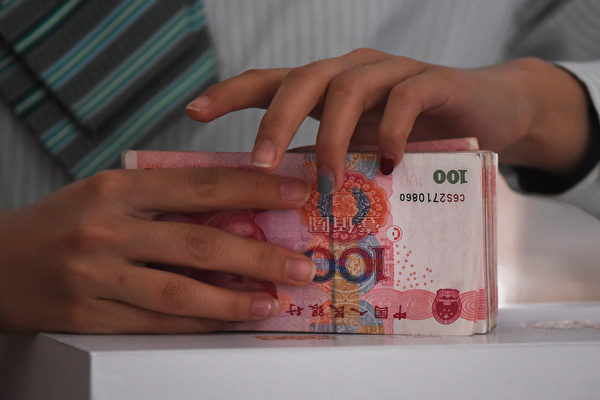China’s key bank loan benchmark unexpectedly declined in July, marking the first contraction in 20 years. At the same time, the overall credit growth also slowed down, indicating weak demand from both consumers and corporate borrowers. These indicators suggest that economic demand remains weak, despite authorities claiming to be working on boosting domestic consumption.
According to data released by the People’s Bank of China on Wednesday, there was a decrease of 50 billion yuan in new renminbi loans in July, compared to 2.24 trillion yuan in June. This indicates that borrowers have been repaying their loans ahead of schedule.
The amount of new renminbi loans in July shrank for the first time since July 2005. Market estimates from Bloomberg had a median prediction of an increase of 300 billion yuan, while the Wall Street Journal’s estimate was 270 billion yuan.
July is typically a slow season in a yearly cycle, but the data released on Wednesday has intensified market concerns. With the real estate market remaining sluggish for several years with no signs of bottoming out, Chinese households and businesses have become more reluctant to take out loans.
The Chinese government is also concerned that the data for July may trigger adverse reactions, with the People’s Bank of China’s subsidiary, the Financial Times, publicly warning analysts not to “overhype fluctuations in monthly credit growth figures.”
Analysts generally expect the People’s Bank of China to introduce monetary easing policies in the fourth quarter, following rate cuts and reserve requirement ratio reductions in May.
Additionally, China’s economy is facing increasing deflationary pressures, which are also dampening loan demand. The growth rate of China’s nominal Gross Domestic Product (GDP) in the second quarter was the weakest since 1993, excluding the period during the COVID-19 pandemic.
The new social financing scale is a broader measure of credit. According to data from the People’s Bank of China, the scale of new social financing in July was 1.16 trillion yuan, compared to 4.2 trillion yuan in June.
Leah Fahy, an economist at Capital Economics, pointed out that despite the Chinese government’s issuance of bonds leading to a slight rebound in overall credit growth in July, the continued weakening of new bank loan growth rates suggests that demand for credit in the private sector remains subdued.
She believes that the government subsidy for consumer loans scheduled to be implemented starting on September 1st may help boost bank loans, but it may not be enough to offset the drag brought by the slowdown in government bond issuance and weak demand for mortgage loans.

